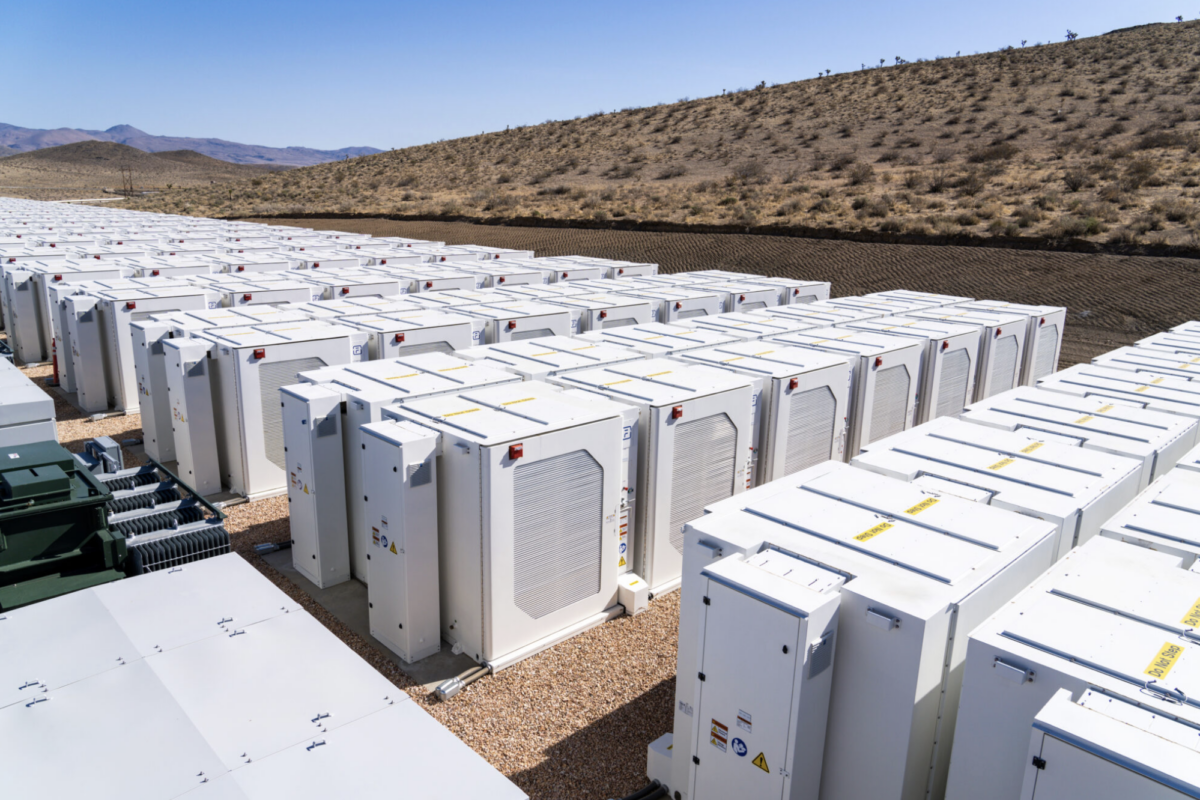After years of hype, blockchain has taken a major step towards delivering on one of its energy sector promises. Last week, Switzerland’s Energy Web Foundation (EWF) launched what it described as the world’s first public, open-source, enterprise-grade blockchain tailored to the energy sector – the Energy Web Chain (EW Chain).
Blockchain has long been touted as the optimal method for energy sector applications including enabling peer-to-peer generation and distribution, renewable energy certificate trading and operating the most effective demand-response energy programs, but has been beset by problems, not least a lack of transparency into how its stakeholders conduct operations, something EWF claims it has now addressed.
Several EWF affiliates, including utilities and grid operators in Belgium, France, Southeast Asia and Central America plus at least one Fortune 500 global power company and blockchain developers OLI Systems, FlexiDAO, Wirepas and Digital Virtues, will host multi-national validator nodes for the public, ethereum-based network.
Transparency
It is that network of corporate validators that makes the EW Chain well-positioned to win favor among regulators. In more famous blockchains such as Bitcoin, the validator network reaches consensus through an approach known as proof-of-work. That means any computer can in theory become a – usually anonymous – validator, or block miner. There are issues with proof-of-work – it is an energy-intensive way to run a blockchain, its slower block times present scalability challenges and the anonymity of validator nodes is viewed as a hurdle to acceptance in the energy sector.
In the EW Chain’s public proof-of-authority (PoA) network design, all validator nodes that maintain copies of the blockchain database and agree on adding new blocks of transactions to the chain are hosted by known entities. EWF believes this distinction provides the transparency and oversight for regulators to feel more comfortable with blockchain technology being used for energy sector applications.
“This is a watershed moment for accelerating a low carbon, customer-centric electricity system,” said Jesse Morris, chief commercial officer of EWF. “I hope that we will look back on the EW Chain launch as another inflection point in electricity’s evolution, just as we now see wind and solar tumbling down the cost curve, the deployment of smart meters and other digital infrastructure and the surge of electric vehicle investment and ownership.”
PoA algorithm
Though the network of validator nodes may seem small for a blockchain, EWF says even ten-plus nodes offers a good amount of decentralization because of the PoA approach to consensus. Namely, the given node chosen to validate the next block to be added to the chain is selected essentially randomly by algorithm. By contrast, blockchains with a proof-of-work approach to consensus are essentially an arms race of computing power – a large enough group of block miners can theoretically dominate.
The PoA algorithm ensures the EW Chain is highly-scalable and energy-efficient, which equates to low transaction costs for energy market participants. The chain itself is public, which means any company, individual, or internet-connected device can transact across the network without permission, increasing network interoperability and reducing solution development cost.
At least 17 decentralized applications (dApps) are already active on EWF’s test networks and are expected to transition to the live network in the coming weeks. The first batch of dApps focuses on creating customer and business value by expanding markets for renewable energy trading, increasing the effectiveness and depth of demand response programs by reducing transaction costs, and streamlining EV charging.
“Never before have we had a globally decentralized, open-source, public network supported by some of the world’s largest corporate entities, let alone in the energy sector,” Morris said. “Other token-based energy blockchain projects are focused on delivering singular decentralized applications. By contrast, the Energy Web is a blockchain infrastructure project focused on supporting all blockchain developers looking to accelerate the global transition away from fossil fuels toward efficiency and renewables.”
Delivering on a promise
When established in 2017, EWF was underpinned with $2.5 million from ten energy companies in nine nations: Centrica, Elia, Engie, Royal Dutch Shell, Sempra Energy, SP Group, Statoil ASA, Stedin, TWL (Technical Works Ludwigshafen AG), and Tokyo Electric Power Co. In March the platform announced the number of its affiliates had risen to 100, with German utility EnBW, French oil giant Total and the State Grid EV Service Co unit of China’s state-owned electric utility the State Grid Corporation of China among the newcomers. Meanwhile, utilities and grid operators had launched demonstrations, pilots and even pre-commercial deployment on Energy Web test networks.
“We started Energy Web Foundation in 2017 with a promise: a production version of Energy Web Chain by Q2, 2019. We are proud to announce that we kept our promise. Energy Web Chain is now running in production mode,” said Hervé Touati, co-founder and chief executive of EWF. “Our next target, to be reached [at the] latest by Q4, 2019, is to fully decentralize the chain. At that point, it will no longer be ‘our’ chain; it will be the energy sector’s blockchain – the first public blockchain where blocks are validated by energy sector companies.”
This content is protected by copyright and may not be reused. If you want to cooperate with us and would like to reuse some of our content, please contact: editors@pv-magazine.com.




5 comments
By submitting this form you agree to pv magazine using your data for the purposes of publishing your comment.
Your personal data will only be disclosed or otherwise transmitted to third parties for the purposes of spam filtering or if this is necessary for technical maintenance of the website. Any other transfer to third parties will not take place unless this is justified on the basis of applicable data protection regulations or if pv magazine is legally obliged to do so.
You may revoke this consent at any time with effect for the future, in which case your personal data will be deleted immediately. Otherwise, your data will be deleted if pv magazine has processed your request or the purpose of data storage is fulfilled.
Further information on data privacy can be found in our Data Protection Policy.